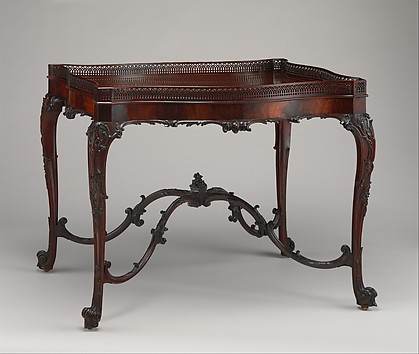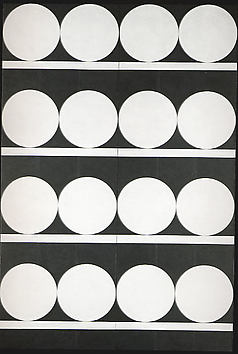Nearly 4,000 years ago, the ancient Chinese made a discovery that would determine the course of their history and culture for two millennia—the alloy of tin and copper known as bronze. Bronze was used for tools and weapons and even musical instruments, but the Great Bronze Age of China has come down to us mainly in the ritual vessels that symbolized power and prestige for China's first three dynasties: the Xia, the Shang, and the Zhou. Passed on to successive conquerors, used to honor the ancestors, and buried—along with other grave goods and sacrificial victims or in storage pits by fleeing members of defeated dynasties—these exquisite bronzes reveal more about the character of life in ancient China than any other artifacts. As Chinese legend tells us, whoever held the bronze vessels held the power. Recent archaeological excavations and recent diplomatic ties between the People's Republic and the United States have combined to make possible a unique exhibition of Bronze Age artifacts. Eighty-five bronzes—including vessels that range from the simplest wine cup to huge cauldrons, elaborate bird- and elephant-shaped containers, bells, and a standard top—are seen together for the first time on a generous loan from the People's Republic to five United States museums. Included are some objects so treasured that it was at first thought that they would not be permitted to leave China. Perhaps the most stunning objects are those from one of the most remarkable finds in the history of archaeology: in 1974, more than 7,000 life-size figures—a veritable army of warriors, cavalry, and chariots complete with horses and drivers—were discovered still standing, rank after rank, guarding the burial mound of China's first emperor, Qin Shihuangdi, who died in 210 B.C. Eight of them, six men and two horses, are included here, the first to be placed on exhibit outside China. Richly carved jades and an iron belt hook make up the remainder of the 105 objects presented. To document this extraordinary exhibition, The Metropolitan Museum of Art, New York, sent a special advance team of researchers and a photographer to China in 1979, led by director Philippe de Montebello. Represented in this catalogue are the results of that journey—color-plate illustrations of all of the objects in the show, including many details, supplemented by black and white photographs—most of them supplied by China's Cultural Relics Bureau—along with many drawings, charts, and maps.

















